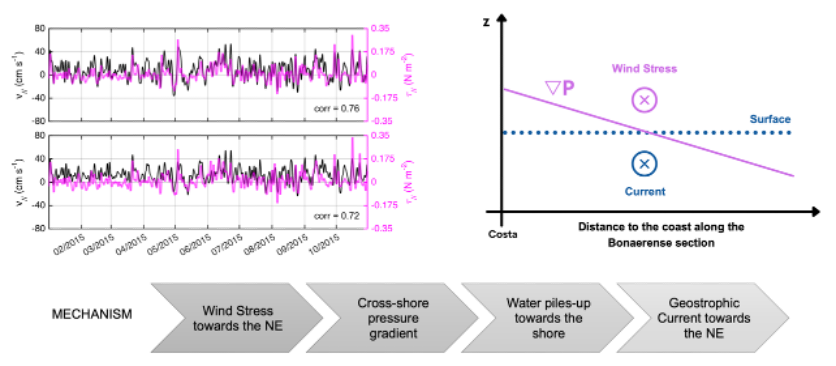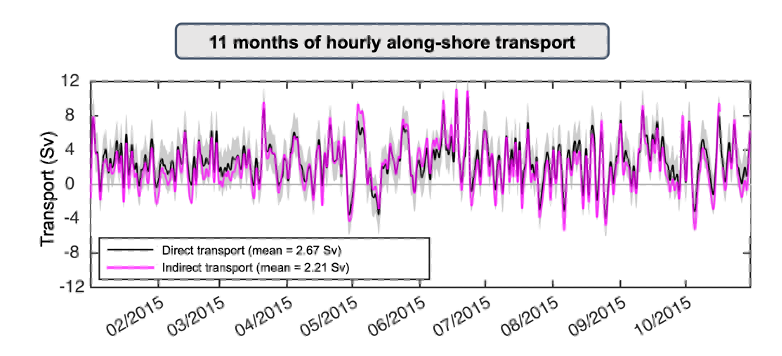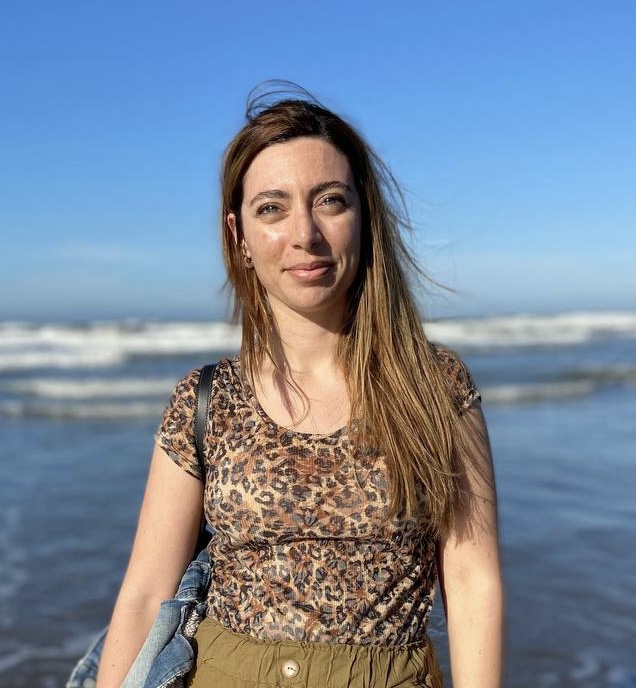Publications
Chukchi Sea, Pacific Arctic
During my current postdoc at WHOI in Bob Pickart’s lab , I’m studying the Chukchi Sea circulation through in situ hydrographic data and ADCP measurements, as well as with renanalysis outputs. I also carry out particle advection analysis (Ocean Parcels) in an interdisciplinary approach to understand a massive summer harmful algal blooms detected there.
One cool reault: The Bering Strait heat transport affects the bottom temperature further north, where these toxic phytoplankton species rest in the bottom of the ocean, affecting the moment of the year when they “wake up” and form these local blooms. We were able to determine the most likely remote source of these cells and compare it to the possibility of a local bloom.

Southestern Atlanctic Ocean
During my master PhD, I was advised by scientists I admire deeply (Martin Saraceno, Alberto Piola y Patricia Martos). They guided me in the analysis of the longest time series of velocity direct observations ever acquired in the Argentine basin, embedded in the full-of-exciting-features Southwestern Atlantic Ocean. The core objective was to analyze the continental shelf circulation and identify the forcing responsible for the variability observed. During this period, I learned to acquire, process and analyze in-situ data, as well as to work with reanalysis outputs and satellite altimetry products.
Here a some of my favorite results:
Large‐scale wind stress patterns dominate the temporal variability of the in situ currents at all depths.
The along-shore wind stress generates cross‐shore pressure gradients than induce a geostrophic response in the along-shore currents.

- The wind also generates frequent flow reversals that are relevant to the local ecosystem, redistributing nutrients availability for the small pelagic species found in the region. In the shelf interior, velocities changed from -60 to 70 cm/s in only 8 days. In that period the de-tided TG increased the level 1.4 m.
- The mean in situ along-shore de-tided transport is 2.65 Sv to the northeast and presents large variability, with a peak-to-peak range of 16 Sv, way larger than eported in previous studies.

During my master I did a technical analysis of the performance of coastal satellite altimetry raw products near the coast of Argentina. The most valuable knowledge from this work for me was to learn what satellite altimetry works and how accurate it can be when the most suitable corrections are chosen.
